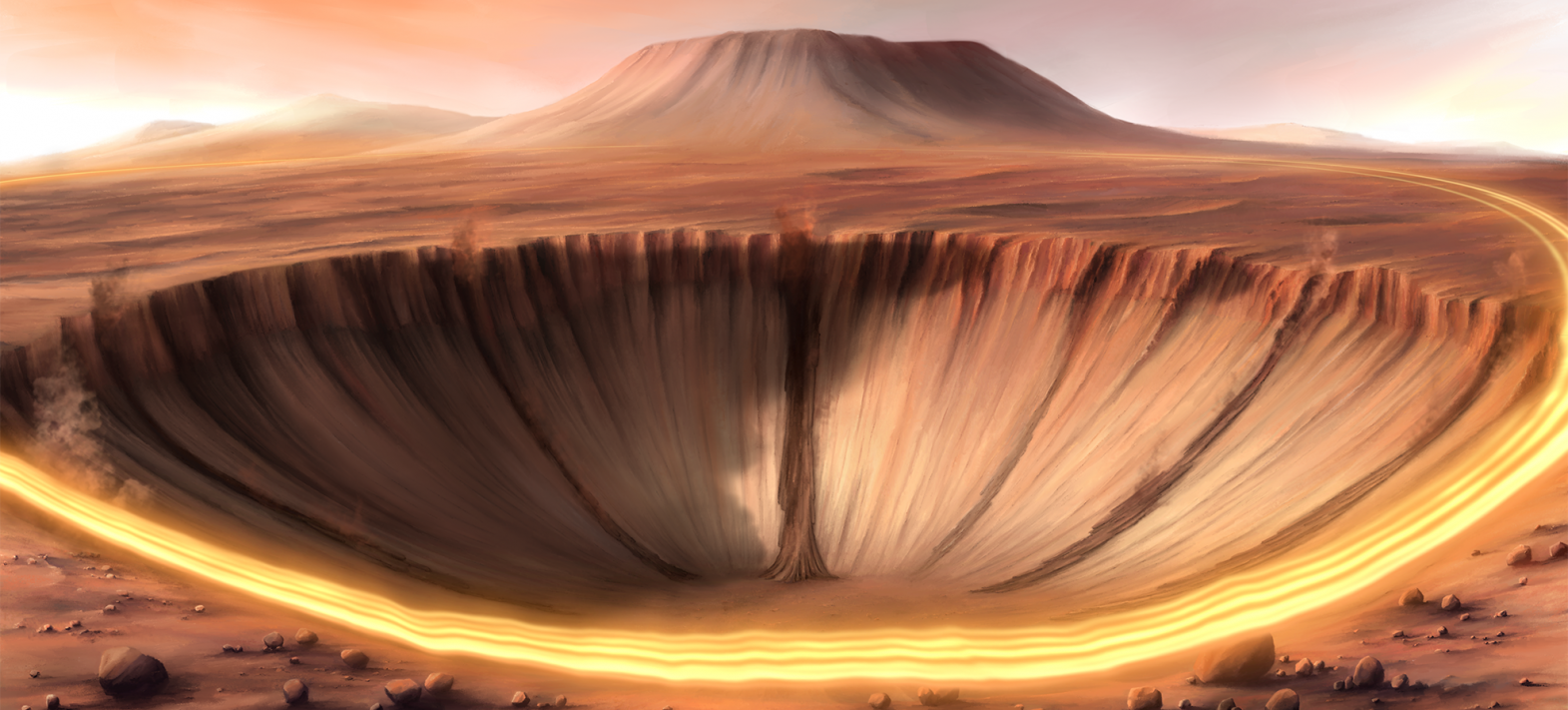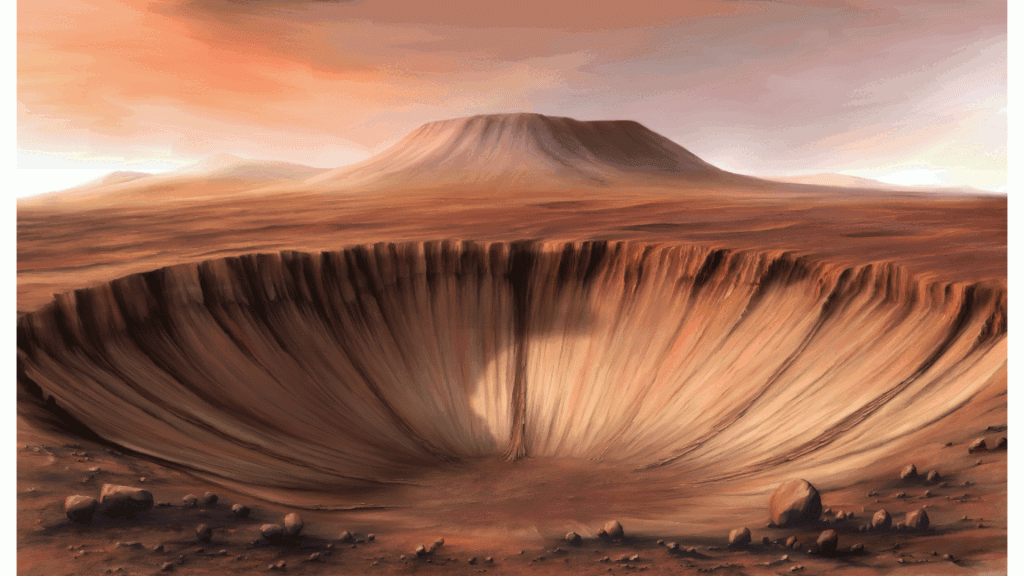On Mars, dust avalanches triggered by major earthquakes
By combining data collected by the SEIS seismometer operated by the InSight mission on Mars with available orbital data, a scientific team has revealed that Martian seismic activity may be responsible for dust avalanches.

© Nicolas Sarter for IPGP
Publication date: 25/01/2024
Press, Research
Related teams :
Planetology and Space Sciences
Related themes : Earth and Planetary Interiors









